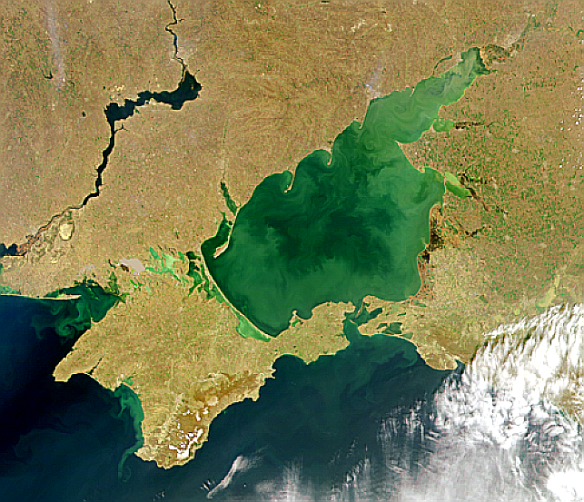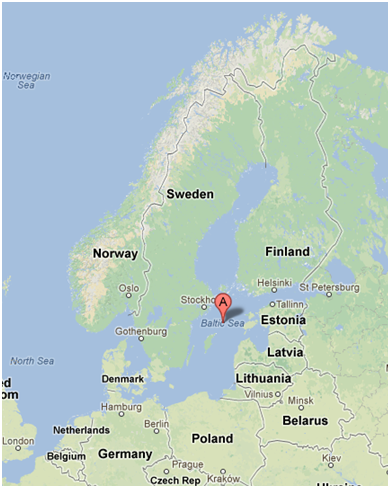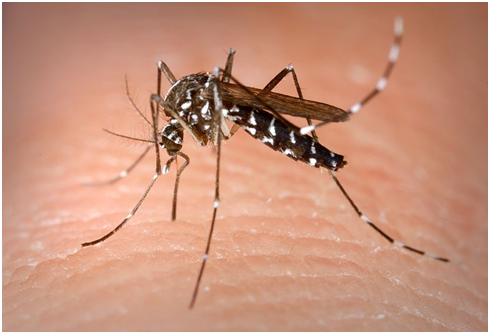‘Life can multiply until all the phosphorus has gone and then there is an inexorable halt which nothing can prevent’ – Isaac Asimov, 1974
WHO: K. Ashley, D. Mavinic, Department of Civil Engineering, Faculty of Applied Science, University of British Columbia, Vancouver, BC, Canada
D. Cordell, Institute for Sustainable Futures, University of Technology, Sydney, Australia
WHAT: A brief history of phosphorus use by humans and ideas on how we can prevent the global food security risk of ‘Peak Phosphorus’
WHEN: 8 April 2011
WHERE: Chemosphere Vol. 84 (2011) 737–746
TITLE: A brief history of phosphorus: From the philosopher’s stone to nutrient recovery and reuse (subs req.)
Phosphorus can be found on the right hand side of your periodic table on the second row down underneath Nitrogen. It’s one of those funny elements that we all need to live and survive and grow things, but is also highly reactive, very explosive and toxic.
It’s in our DNA – in the AGCT bases that connect to form the double helix structure of DNA, the sides of the ladder are held together by phosphodiester bonds. Phosphorus is literally helping to hold us together.
Phosphorus can be pretty easily extracted from human urine, which was what German alchemist Henning Brandt did in the 1660s in an attempt to create the Philosopher’s Stone which would be able to turn base metals into gold. No seriously, apparently he was committed enough to the idea to distill 50 buckets of his own pee to do this!
What do alchemy, DNA, and human pee have to do with a scientific paper? Well these researchers were looking at how we’ve previously used phosphorus, why it is that we’re now running out of it and what we can learn from history to try and avoid a global food security risk.
Phosphorus comes in three forms – white, black and red. The phosphorus that is mined for fertilizer today is apatite rock containing P2O5 and has generally taken 10 – 15million years to form. However, in traditional short term human thinking, the fact that it takes that long for the rocks to form didn’t stop people from mining it and thinking it was an ‘endless’ resource (just like oil, coal, forests, oceans etc.).
The paper states that originally, phosphorus was used for ‘highly questionable medicinal purposes’ and then doesn’t detail what kinds of whacky things it was used for (boo!). Given the properties of white phosphorus; it’s highly reactive and flammable when exposed to the air, can spontaneously combust and is poisonous to humans, the mind boggles as to what ‘medicinal’ uses phosphorus had.
The major use of phosphorus is as an agricultural fertilizer, which used to be achieved through the recycling of human waste and sewage pre-industrialisation. However, with 2.5million people living in Victorian-era London, the problems of excess human waste become unmanageable and led to all kinds of nasty things like cholera and the ‘Great Stink’ of the Thames in 1858 that was so bad that it shut down Parliament.
This led to what was called the ‘Sanitary Revolution’ aka the invention of flush toilets and plumbing on a large scale. This fundamentally changed the phosphorus cycle – from a closed loop of localised use and reuse to a more linear system as the waste was taken further away.
After the Second World War, the use of mined mineral phosphorus really took off – the use of phosphorus as a fertilizer rose six fold between 1950-2000 – and modern agricultural processes are now dependent on phosphorus based fertilizers. This has led to major phosphorus leakage into waterways and oceans from agricultural runoff creating eutrophication and ocean deadzones from excess phosphorus.

Eutrophication in the sea of Azov, south of the Ukraine
(SeaWiFS Project, NASA/Goddard Space Flight Center, and ORBIMAGE)
The problem here is, that we’ve switched from a closed loop system where the waste from the farm house goes into the farm yard and all the phosphorus can recycle, to a linear system where the phosphorus gets mined, used as fertilizer and much of it runs off into the ocean. It’s not even a very efficient system – only a fifth of the phosphorus mined for food production actually ends up in the food we eat.
The problem that we’re now facing is the long term ramifications of this new system where phosphorus has become a scarce global resource and we’ve now been forced to start mining the rocks that have lower quality phosphorus with higher rates of contaminants and are more difficult to access. We’re down to the tar sands equivalent of minable phosphorus, most of which is found in only five countries; Morocco, China, the USA, Jordan and South Africa. Maybe they can be the next OPEC cartel for phosphorus?
Peak phosphorus is likely to happen somewhere between 2030 and 2040, which is where the scary link to climate change comes in. The researchers cheerfully call phosphorus shortages the ‘companion show-stopper to climate change’, by which they mean that soils will start to run out of the nutrients they need at about the same time that extended droughts from climate change will be diminishing crop yields and we’ll have about 9 billion people to scramble to feed.
Basically, a phosphorus shortage is something that we can easily avoid through better and more efficient nutrient recycling, but it’s something that will kick us in the ass once we’re already struggling to deal with the consequences of climate change. The paper states that we need to start re-thinking our ‘western style’ of sewage treatment to better recover water, heat, energy, carbon, nitrogen and phosphorus from our waste systems. This doesn’t mean (thankfully) having to return to a middle ages style of living – it means having cities that are innovative enough about their municipal systems (I was surprised to find out that sewage treatment is one of the most expensive and energy intensive parts of public infrastructure).
In Vancouver, we’re already starting to do that with the waste cogeneration system at Science World and the False Creek Neighbourhood Energy Utility that produces energy from sewer heat.
It’s pretty logical; we need to re-close the loop on phosphorus use and we need to do it sensibly before our failure to stop burning carbon means ‘Peak Phosphorus’ becomes the straw that breaks the camel’s proverbial back.










